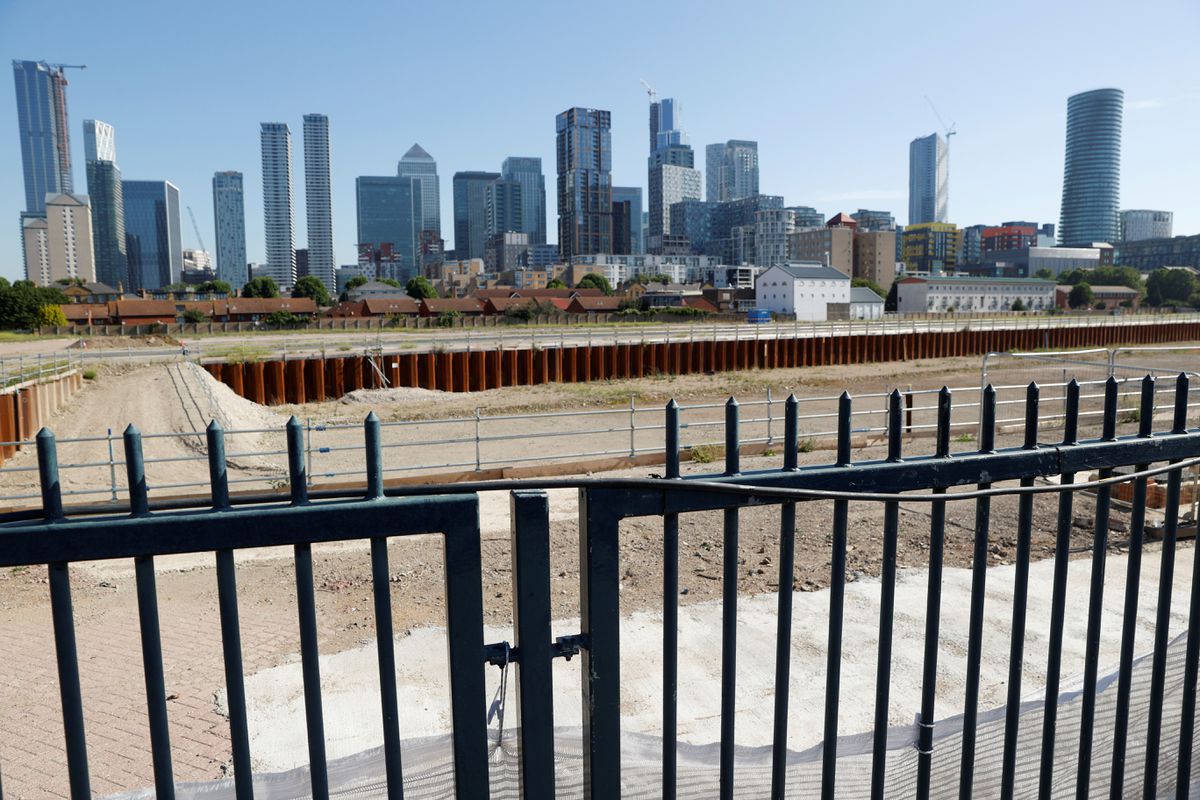British construction firms reduced staff numbers last month at the fastest pace in nearly five years, reflecting higher wage costs and reduced demand, a survey showed on Thursday.
The S&P Global Purchasing Managers’ Index for Britain’s construction sector rose to 47.9 in May from April’s 46.6, a bigger increase than economists had forecast in a Reuters poll.
But it marked the fifth consecutive month that the index has been below the 50 level that divides growth from contraction.
“The construction sector continued to adjust to weaker order books in May, which led to sustained reductions in output, staff hiring and purchasing,” S&P Global economics director Tim Moore said.
Construction firms’ outlook for future activity rose to its highest so far this year, mirroring the picture for the larger services sector in a survey released on Wednesday, as businesses grew more upbeat about sales prospects and potential help from future falls in interest rates.
However this was not enough for businesses to choose to hold on to staff.
“Rising wages, squeezed margins and subdued demand weighed on construction employment, despite a brighter outlook for business activity,” Moore said.
As well as the fastest job shedding since August 2020, usage of subcontractors fell by the most since May 2020.
April saw a nearly 7 per cent rise in the minimum wage as well as a big increase in employers’ national insurance contributions.
Official data showed that average wages in the construction sector in the first quarter of the year were 6.4 per cent higher than a year earlier – slightly faster than wage growth in the broader economy – while output in the construction sector rose 0.9 per cent over the same period.
S&P Global said activity in May fell most for house building, closely followed by civil engineering. Commercial work largely stabilised, possibly reflecting less concern about US tariffs than in April.







Click here to change your cookie preferences